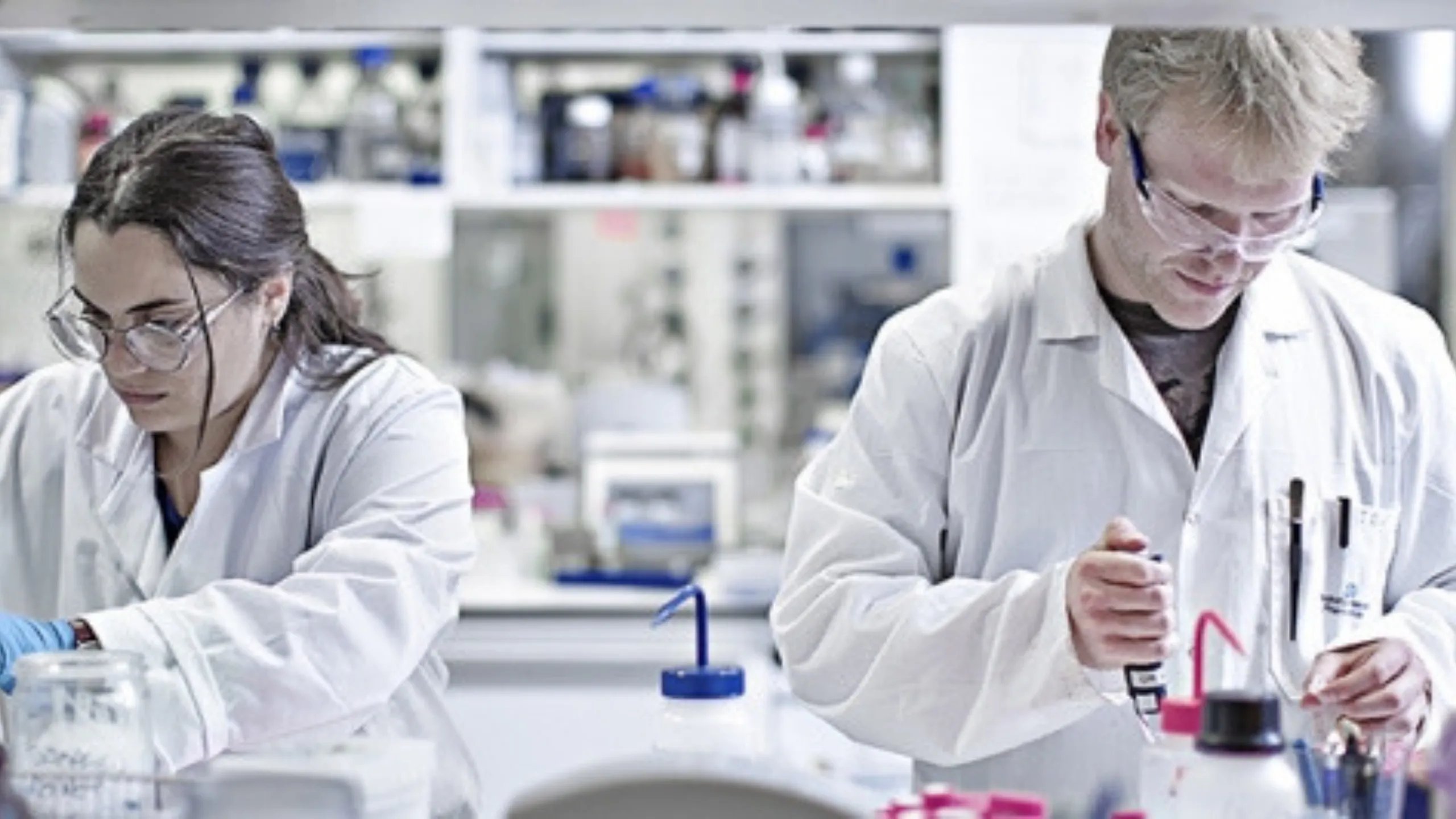
Cancer research molds and rescues lives. The aim to examine cancer is to generate secure and sufficient measures to deter, identify, diagnose, heal and cure cancer. The better we learn about this disease, the more developments we will have while exterminating the enormous human and economic effects of cancer.
Research has allowed us to gain extensive knowledge about the biological processes involved in cancer onset, growth, and the spread of this disease in the body. Breakthroughs in prevention, early detection, screening, diagnosis, and treatment are often the result of research.
Is Cancer Research progressing at all?
Medicines have been on an experiment simply last year which ‘ revealed’ cancer cells to immune attack in cancer sufferers who could have no functional treatment.
There are a few pivotal domains where research is propelling in leaps at this second:
1) Immunotherapy:
Usage of Drugs is to stimulate the immune system and to sensitize it while facing cancer cells.
2) Targeted Therapies:
The approach in which this works is that a drug or antibody is formulated to fasten to one distinct protein known to be critical in the succession of specific cancer. The medication can then arrest the protein functioning, and halt cancer in its paths. Some of the striking examples are Herceptin for breast cancer and Gleevec for leukemia, i.e blood cancer.
3) Gene Therapy:
Only in its cradle as a therapy, it has previously been victorious in cancer medication and treatment of immune deficiency conditions.
Every year, more tests researchers are handling to carry these cutting edge cancer therapies closer to the sale. So, it would be appropriate to say that cancer research is certainly advancing, possibly faster than ever before. People might not be conscious of it because it isn’t in the headlines, but presently, we have an unprecedented recognition of cancer we didn’t have twenty years ago.
Also, scientists are race-walking to turn it into treatments. It is correct that the pipeline is long-drawn so these drugs take a long time to come to the shop. But some medicines like Herceptin has been around for quite some time now.
How many Funds is Used on Cancer Research Each Year?
So, how much money is really draining by the minute? The National Institute of Cancer allocates about 5 billion dollars a year to investigate cancer. Also, the National Institute of Health gives away a vital lump of money. Then there are giant pharmaceutical companies and small biotech startups contributing a lot of money There are presumably some foundations giving money as well. It is seemingly closer to 10 billion dollars when all is said and done.
Why is the Research making Slow Progress?
Even after all the billions put toward cancer research, the outcomes of limiting cancer and treating ever-advancing cancer have remained ineffective.
Although, unlike lowering death rates from cardiac arrests or stroke, advancement in lessening deaths from cancer has remained frustratingly sluggish. Certainly, researchers have produced breakthrough remedies like Gleevec which is this targeted drug for chronic myelogenous leukemia. Also, Herceptin for a particular kind of breast tumor.
But for a set of all the other cancers, the medications aren’t delivering as much in return. Contributing 100,000 dollars to 200,000 dollars a year to prolong life for an extra 3-6 months may be very significant to those people with cancer. However, it is a very feeble return on investment expenditure for society. It’s not viable which is why a lot of national health care programs won’t spend for medications like Avastin, Sutent, Yervoy, and even Provenge.
Ultimately, cancer research requires partnerships and collaborations that involve researchers, clinicians, patients, and others to translate yesterday’s discoveries to today’s advances and tomorrow’s cures.
Cancer’s position in one out of every four deaths in this world remains a frightful statistic. However, research development is usually not linear, but cyclical and continuous. The research cycle runs from observations with a medical connection to the patient’s bedside and back to the lab. Progression is the result of all these researches.
